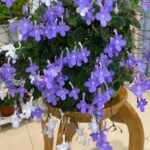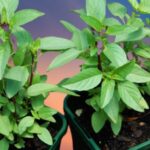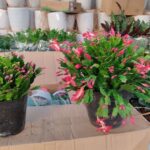The willow tree, with its enchanting allure and spiritual significance, has captured the hearts and imaginations of people worldwide. But what exactly is a willow tree, and why is it so revered? Discover the answers to these questions and more as we explore the wonders of this majestic tree.
1 Unveiling the Willow Tree
The Willow’s Origins and Cultural Significance
Scientifically known as Casuarina equisetifolia, the willow tree is a hardy, woody species native to coastal regions with hot, windy, and sandy conditions. With its origins in Australia, it has found a second home in Vietnam’s central coastal regions, particularly on hilly and sandy lands. Willow trees come in two main varieties: the white willow, known for its light, soft, white wood, and the purple willow, which boasts heavy, durable, pink-hued wood.
 The Willow’s Origins and Cultural Significance
The Willow’s Origins and Cultural Significance
Feng Shui Symbolism of the Willow Tree
In the ancient art of feng shui, willow trees are revered for their resilience and strength. They stand tall and proud, even in the face of stormy weather, symbolizing perseverance and the ability to weather life’s challenges. According to feng shui principles, these trees attract wealth and luck to a household. Additionally, they are believed to ward off evil spirits, bringing peace and good fortune to those who reside under their branches.
Characteristics and Classification
Willow trees have a distinctive appearance, growing upright with a brown outer bark. Their branches are lush and drooping, forming dense clumps of foliage. Mature trees can reach impressive heights of 20 to 25 meters, while those cultivated for ornamental purposes typically attain more modest heights of 2 to 3 meters.
The leaves of willow trees are unique, with a small, scale-like shape that encircles the branches’ nodes. Their branches are thickest at the trunk, gradually tapering off and becoming softer and more pendulous towards the upper branches.
One of the willow tree’s most captivating features is its beautiful, squirrel-tail-shaped flower clusters. Their fruits are equally fascinating, composed of multiple small, individual fruits that fuse together to form an oval shape. As these fruits mature, they harden and turn brown, eventually becoming woody.
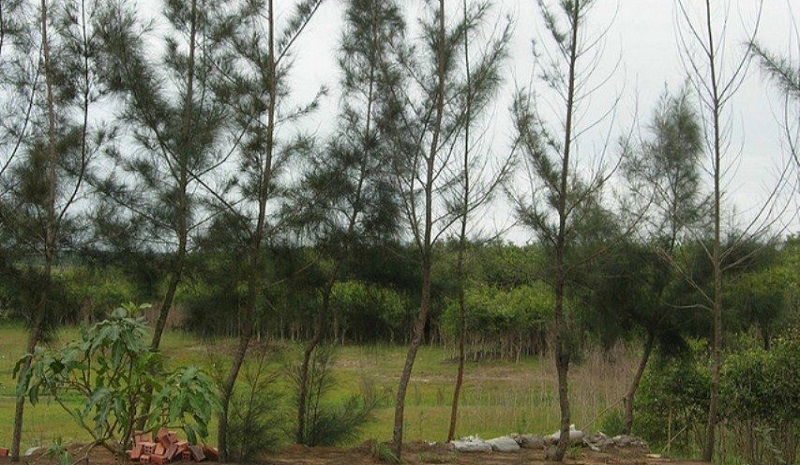 Characteristics and Classification of Willow Trees
Characteristics and Classification of Willow Trees
2 The Many Benefits of Willow Trees
 The Many Benefits of Willow Trees
The Many Benefits of Willow Trees
Willow trees are incredibly versatile and can be planted in a variety of settings, from home gardens and lakeshores to parks and streets. They provide shade and help purify the air, making them a welcome addition to any environment. Willow bonsai trees are also popular for interior decoration, adding a touch of elegance and natural beauty to indoor spaces.
Health and Therapeutic Benefits
Various parts of the willow tree have therapeutic properties. The roots, for example, contain natural antibiotics that can alleviate pain, reduce inflammation, and treat diarrhea and dysentery. The leaves can provide relief from itchy skin, while the bark, rich in tannin, is effective in stopping bleeding. Additionally, the fruits are useful in treating scabies and itchy testicles.
Other Practical Uses
- The oil extracted from willow bark can be boiled and used as a natural fabric dye, adding a unique, earthy tone to textiles.
- Willow wood is valued in construction, particularly as concrete formwork. It is also used as a source of raw material for paper, furniture, stakes, and charcoal production.
- Planting willow trees in rows is an effective method for preventing soil erosion in mountainous and coastal areas, helping to stabilize and protect the land.
3 Growing and Caring for Your Own Willow Tree
 Growing and Caring for Your Own Willow Tree
Growing and Caring for Your Own Willow Tree
Planting a Willow Tree in Your Garden
- Seed Germination: To start your willow tree from seed, remove the shells from the fruits, soak the seeds in water at the appropriate moisture level until they crack, and then sow them in damp soil. Keep the soil moist during germination to facilitate healthy seed development.
- Planting: Once your seedlings reach a height of 30 to 50 centimeters, it’s time to transplant them to their permanent home. Choose a cool, well-ventilated area and ensure that the topsoil and subsoil are mixed in equal proportions when digging the planting hole. It is advisable to prepare the hole and add compost a month in advance, but you can also do this simultaneously with planting.
- Planting Technique: Place the topsoil at the bottom of the hole, position the tree upright, and then fill in and compact the soil firmly. For optimal growth, plant the trees in rows, spacing them 2 to 4 meters apart, with each tree 2 meters from the next.
- Propagation: Willow trees can be propagated by seed or by transplanting seedlings that naturally sprout at the base of older trees, ensuring a continuous supply of new growth.
Caring for Your Willow Tree
- Water your willow tree regularly, once or twice a day, to keep the soil moist and nourish its growth.
- If you notice any wilting or dying trees within the first two to three weeks of planting, replace them with new trees, preferably on rainy, humid days to give them a boost.
- Keep an eye on the leaves of mature trees. If they start to turn yellow, inspect the roots for any signs of rot. If you spot any black, rotten areas, carefully scrape off the affected parts and apply medication to prevent further damage.
Notes on Growing and Caring for Willow Trees
- Willow trees are relatively easy to grow, but they thrive in sunny conditions, so ensure they receive ample sunlight.
- You can conveniently purchase willow trees from nurseries and tree farms, making it easy to add these beautiful trees to your garden or landscape.
- The price of a willow tree varies depending on its shape and height. Seedlings measuring 20 centimeters in height typically cost between 10,000 and 20,000 VND, while mature trees range from 100,000 to 300,000 VND. Ornamental trees with artistically shaped branches can cost anywhere from 1,000,000 to 3,000,000 VND. These prices may fluctuate based on the time and location of purchase.
4 Capturing the Beauty of Willow Trees
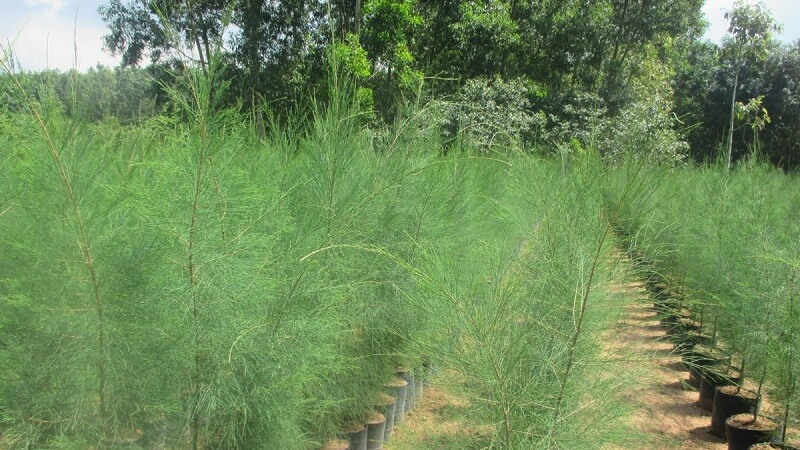 Willow Trees (Casuarina equisetifolia)
Willow Trees (Casuarina equisetifolia)
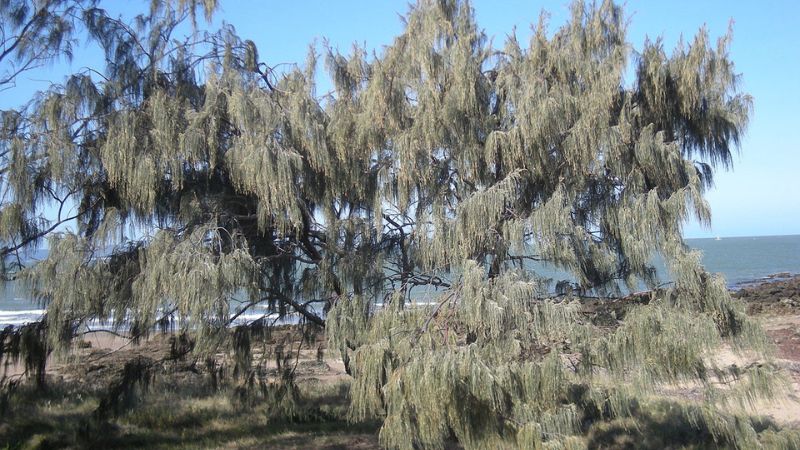 Origin: Australia
Origin: Australia
 Commonly Found on Hilly Lands
Commonly Found on Hilly Lands
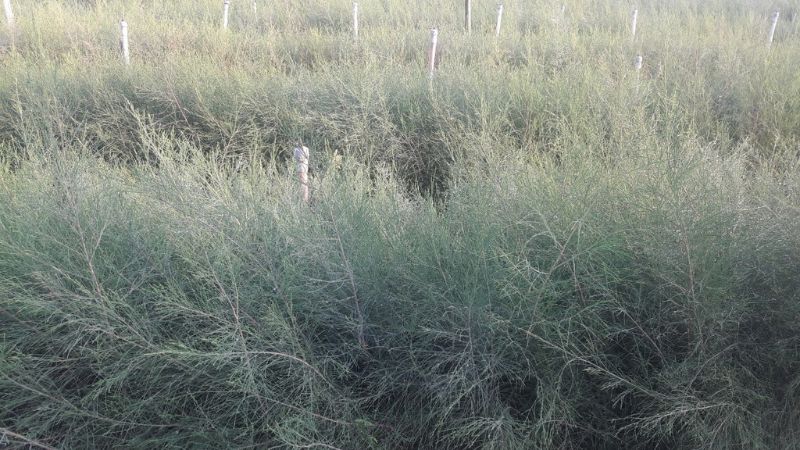 Willow Trees Feature Upright Growth and Brown Bark
Willow Trees Feature Upright Growth and Brown Bark
We hope you’ve enjoyed this comprehensive guide to willow trees. Thank you for exploring their beauty and significance with us!
The Magic of Little Quynh Flowers (Lan Càng Cua): Unveiling Their Unique Charm, Easy Cultivation, and Care
Today, we delve into the enchanting world of the Epiphyllum oxypetalum, more commonly known as the “Little Queen of the Night” or “Orchid Cactus”. With its exquisite beauty and enchanting fragrance, this exquisite flower has captivated gardeners and nature enthusiasts alike. In this introduction, we aim to unravel the mysteries of this captivating plant, exploring its unique characteristics and providing a comprehensive guide to cultivating your very own Little Queen of the Night.

























